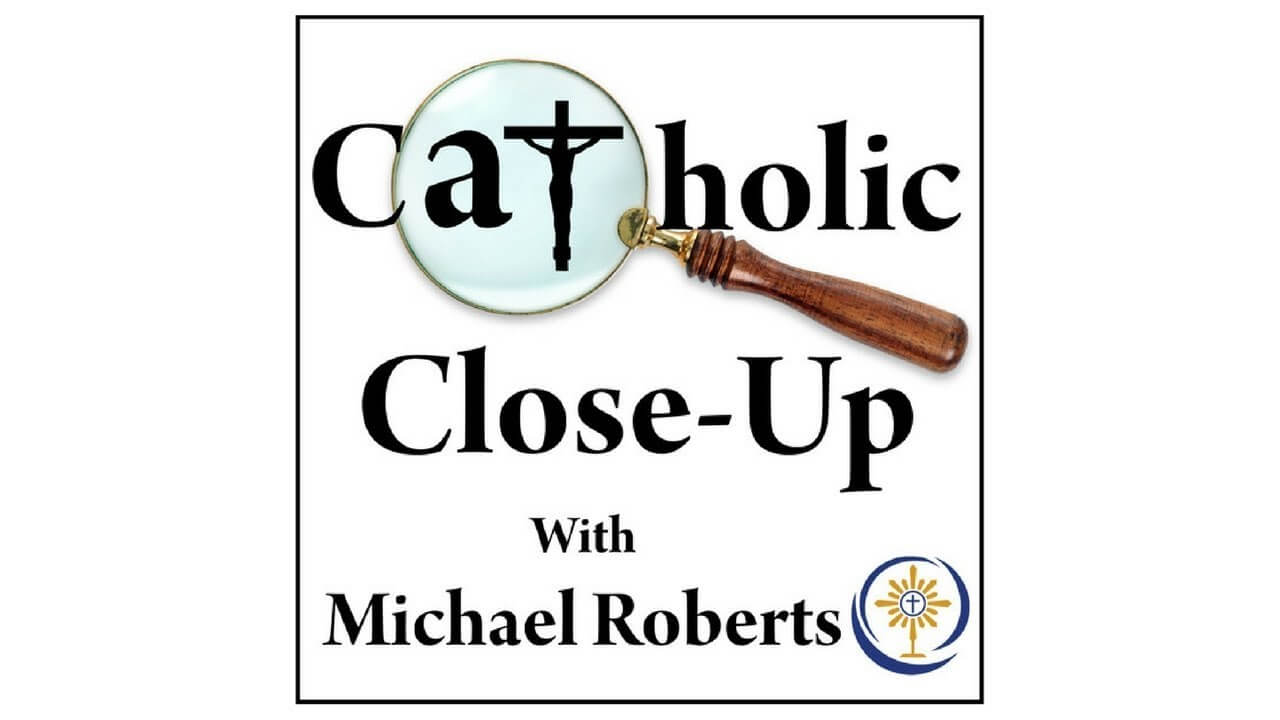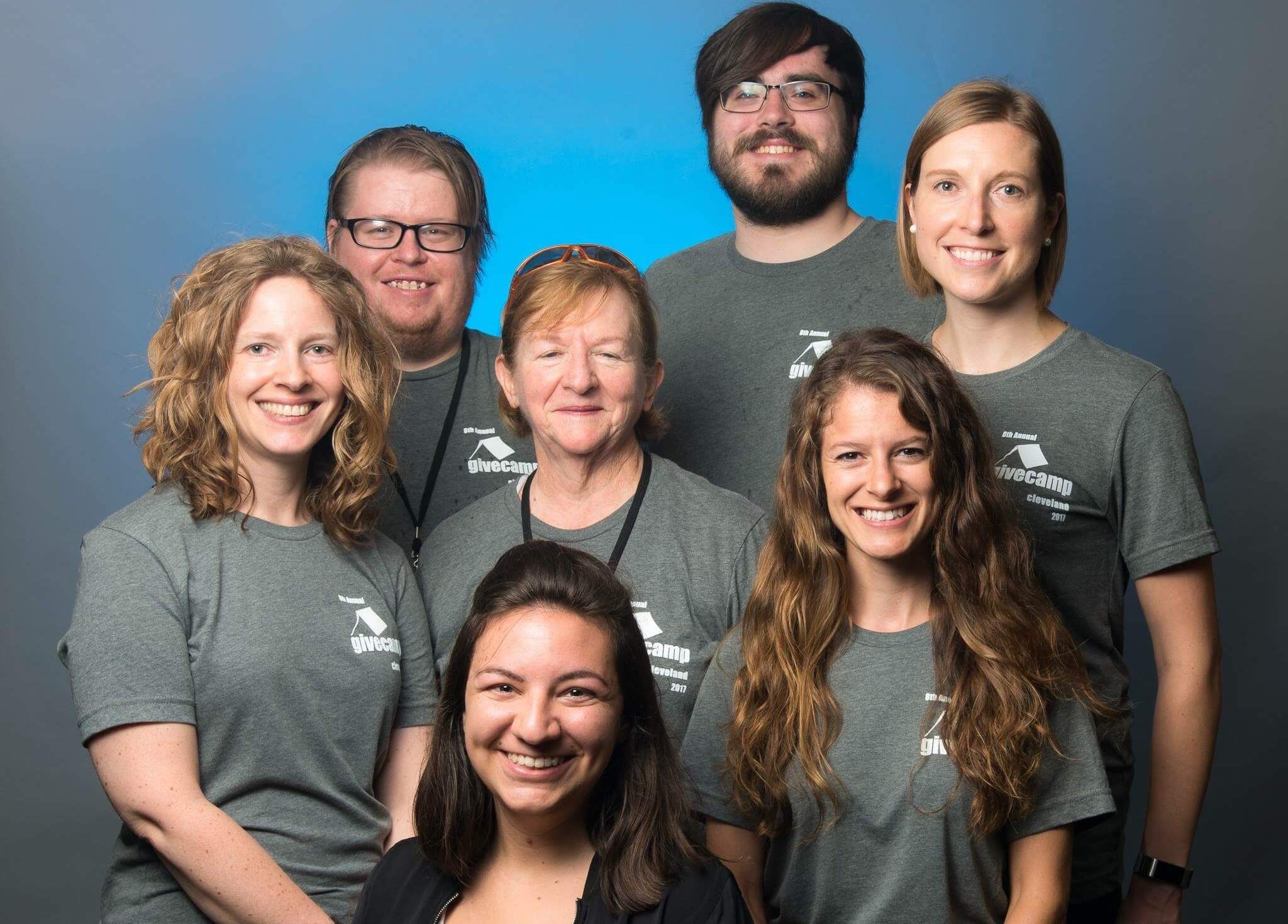Groundbreaking Years For LINC
In November of 2012, Erin returned to Kenya to begin looking for plots of land for the orphanage. Her search, however, was quickly complicated, when property owners saw their prospective buyer, they immediately raised their prices. Erin didn’t let that deter her from continuing to make plans while in Kenya, she met with a local contractor who began drawing up blueprints for the new orphanage.
Three months later, back in the States, the momentum continued when Erin received a letter from the IRS approving LINC as an offical 501c3 nonprofit. This opened the opportunity to begin planning LINC’s first fundraiser, Fore the Kids Golf Outing, which raised $10,000 that summer!
As LINC began to grow, Erin continued to make connections. Through a family member she was introduced to Dr. Benson Bonyo, the founder of Bonyo’s Kenya Mission. Bonyo’s Kenya Mission built a clinic that provides health care, resources, and education in Dr. Bonyo’s hometown. Born in Kenya, Dr. Bonyo attended medical school in the U.S., where he now practices in Ohio. Erin explained her dilemma in purchasing land to him, and they began discussing different options of where to purchase land for the orphanage. Meanwhile, the contractor Erin had met with, along with one of her orphanage contacts, stopped responding to her emails.
In June of 2014, Erin returned to Kenya to look at more plots of land with the board of the orphanage. When she arrived they informed her that the contractor and one of the board members of the orphanage were indeed no longer involved. This raised a lot of concern for Erin because so much of what LINC was working on depended on having reliable contacts in Kenya. With the high prevalence of corruption in the country, Erin knew she had to be careful. The orphanage board took Erin to several plots of land but they all posed similar problems. Most were without water or electricity, or hours off of a paved road, making it unsafe to move 100 children there. Frustrated by the hours wasted viewing unfeasible options, Erin felt defeated. She decided to take a short plane ride to Kisumu to visit Dr. Bonyo’s clinic. There he showed her a plot of land in Awasi, just a few towns over from his family’s village, that had everything she had been looking for. It was off a paved road, had access to water and electricity, and it was near farmland that they could potentially use for agriculture. The price was also reasonable, and with the help of Dr. Bonyo they could avoid the corrupt price inflation of an American purchasing the lot. Ecstatic, Erin returned to the orphanage to tell them about the potential plot of land.
 Unfortunately Erin’s enthusiasm quickly dissipated when the board members expressed their disdain for the location of the land. A different tribe lived in that area and although one board member said “I don’t care if you take the children, I’m just not moving there”, the other members were not in favor of the children leaving Nairobi. Erin was baffled at their response, the orphans were all from different tribes, so why did it matter where the orphanage was located? However, she knew struggles in Kenya were very different from America, and it would take more than a conversation to fully understand them. At a standstill, Erin left Africa in a quandary. When she returned to the U.S. she met with her board to discuss their options.
Unfortunately Erin’s enthusiasm quickly dissipated when the board members expressed their disdain for the location of the land. A different tribe lived in that area and although one board member said “I don’t care if you take the children, I’m just not moving there”, the other members were not in favor of the children leaving Nairobi. Erin was baffled at their response, the orphans were all from different tribes, so why did it matter where the orphanage was located? However, she knew struggles in Kenya were very different from America, and it would take more than a conversation to fully understand them. At a standstill, Erin left Africa in a quandary. When she returned to the U.S. she met with her board to discuss their options.
In 2015, after much debate, LINC decided to move forward with purchasing the land in Awasi. Respecting that the orphanage board would not be moving the children there, Erin informed them of their decision. Wanting to continue to help the orphanage, they discussed the possibility of a sponsorship program. But after much back and forth, the orphanage demanded LINC send them the funds that had been raised and no longer contact them. Heartbroken by their response, Erin informed the orphanage that she needed to ensure the funds were used properly since they were donated by devoted supporters, and would be unable to wire them the funds.
“Unfortunately, the orphanage was not receptive and we had to step away from our partnership. I was devastated. I had seen the children grow over the last 3 years. I watched the babies learn to walk, the little toddlers start school and each child’s personality develop. Knowing that I was no longer able to help them was heartbreaking” Erin said.
Even though Linc Worldwide was inspired after meeting the sweet orphans of Kayole Kenya, the vision was to serve all children around the globe. LINC’s mission is to provide neglected communities with the support needed to alleviate hardships, facilitate growth, promote well-being, and help them truly live, love, and thrive, and they could achieve that in Awasi too.
The town in Awasi is a more rural area, where it is customary for orphaned children to be taken in by relatives or neighbors. This often leaves families who are already struggling financially even more burdened and unable to adequately provide food or send children to school regularly.
Reflecting on her previous trips to Africa Erin said, “I realized that several African countries’ greatest need is a strong education. Coming from the woman who wanted to drop out of high school and not go to college, I realized establishing a strong educational foundation at a young age is the key to breaking the cycle of poverty.”
After a lot of thought and prayer LINC Worldwide announced that they would be using the plot of land to build a primary school in Awasi, instead of the orphanage. Through partnerships with local and international organizations, LINC’s primary school will be able to enroll children from 1st-6th grade.
In 2016, LINC broke ground for the school, with a vision and plan to provide more than a nurturing environment for students to learn and thrive.
The school also aims to provide:
- Access to clean water (learn about the water crisis in Kenya here, & help us dig our well here!)
- Breakfast and lunch programs for the students
- Medical care at nearby clinics for the students
- Jobs through construction, teacher and administration positions, cooks, janitors, and security guards
- Economic stimulation by purchasing food from local farmers/markets and uniforms from local vendors
The years leading up to purchasing the land shifted and shaped LINC into what it is today. Although the orphanage didn’t pan out, it led to building the school that will change a whole community and has become the heartbeat of Linc Worldwide.
LINC’s Story: Part 3









